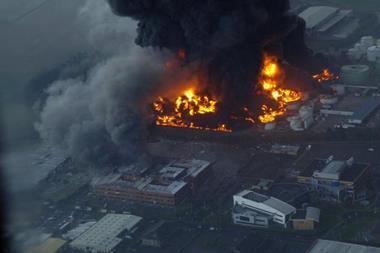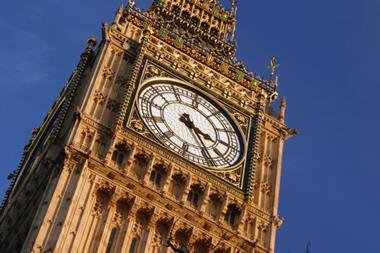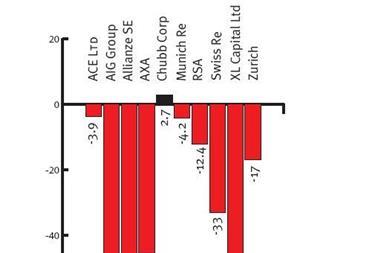Don't be over-reliant on models
Modelling has become the heart of risk management and insurance, for everything from hurricanes to credit risk. Computers allow thousands of iterations, varying parameters within all likely outcomes. In theory, this results in an ability to price risk with an accuracy hitherto unobtainable. Last issue, I argued thinking that risk transfer made risk disappear lay at the heart of the banking crisis. EEqually at fault is thinking that a model is an accurate reflection of reality - as demonstrated in the credit ratings agencies' travails. The revelations from the Committee on Oversight and Government Reform of the US Congress’s enquiry into the ratings agencies and the financial crisis have shown that human fallibility can corrupt anything, models included.
Thursday, April 05, 2007 3:58:42 pm EDT Shah, Rahul Dilip (Structured Finance - New York): btw that deal is ridiculous
Thursday, April 05, 2007 3:59:05 pm EDT Mooney, Shannon: i know right…model def does not capture half of the risk
Thursday, April 05, 2007 3:59:09 pm EDT Shah, Rahul Dilip (Structured Finance - New York): we should not be rating it
Thursday, April 05, 2007 3:59:17 pm EDT Mooney, Shannon: we rate every deal
Thursday, April 05, 2007 3:59:30 pm EDT Mooney, Shannon: it could be structured by cows and we would rate it
Thursday, April 05, 2007 3:59:54 pm EDT Shah, Rahul Dilip (Structured Finance - New York): but there’s a lot of risk associated with it - I personally don’t feel comfy signing off as a committee member.
In summary (although reading all the testimony is a sobering experience), familiar things such as drive for market share, greed and fear got in the way of pure analysis. Additionally, as the president of S&P said, ‘It is by now clear that a number of the assumptions we used in preparing our ratings on mortgage-backed securities issued between the last quarter of 2005 and the middle of 2007 did not work’. Result – financial crisis.
Moral: Don’t believe every model you meet.



















No comments yet